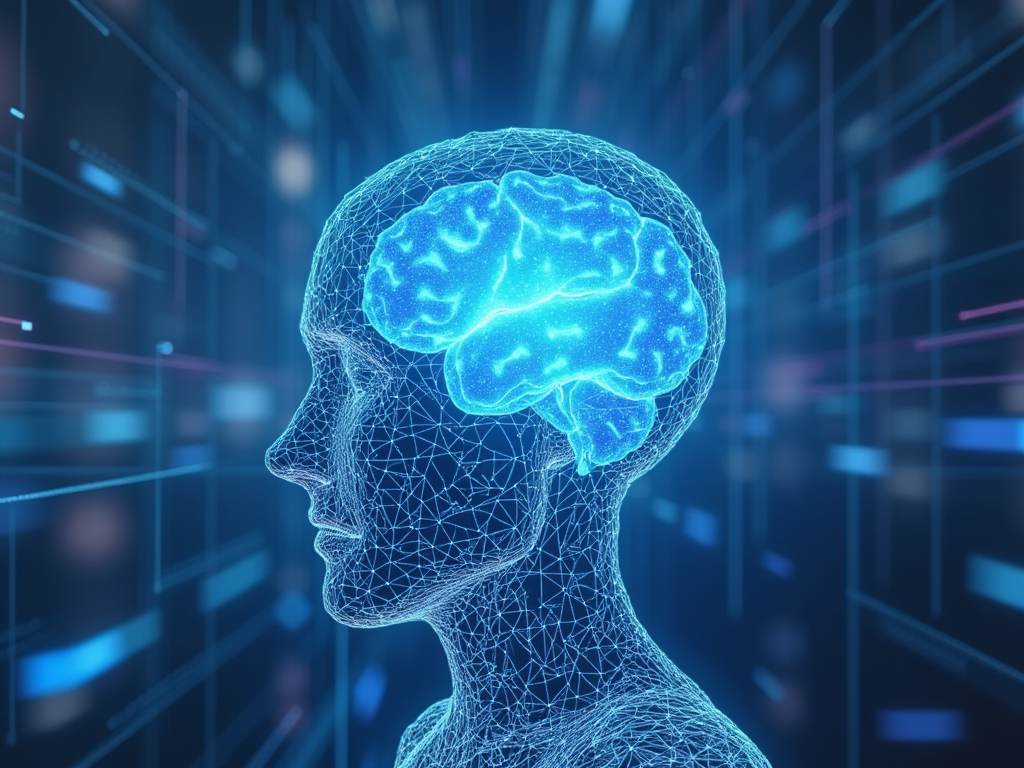Using Machine Learning (ML) and AI for Predictive Analytics
Predictive analytics is the process of using data to forecast future events or outcomes. In today’s data-driven world, machine learning (ML) and artificial intelligence (AI) have become essential tools for predictive analytics. In this article, we’ll explore how ML and AI can be used for predictive analytics, and why they’re such powerful tools.
What is Predictive Analytics?
Predictive analytics is the process of using historical data to forecast future events or outcomes. This can include anything from predicting customer behavior to forecasting stock prices. The goal of predictive analytics is to use data to make informed decisions that drive business results.
How Machine Learning (ML) and AI Fit into Predictive Analytics
Machine learning (ML) and artificial intelligence (AI) are both subsets of a broader field called predictive analytics. ML is a type of AI that involves training algorithms on data to make predictions or take actions. AI, on the other hand, refers to a broad range of technologies designed to perform tasks that would typically require human intelligence.
Why Use Machine Learning (ML) and AI for Predictive Analytics?
There are several reasons why ML and AI are so effective for predictive analytics:
- Scalability: ML and AI can process large amounts of data quickly and efficiently, making them ideal for big data applications.
- Accuracy: ML algorithms can learn from historical data and make predictions with high accuracy.
- Flexibility: ML and AI can be used for a wide range of applications, from forecasting to recommendation systems.
How to Use Machine Learning (ML) and AI for Predictive Analytics
Here are the steps involved in using ML and AI for predictive analytics:
- Collect Data: Collect relevant data on which to train your ML or AI model.
- Preprocess Data: Clean and preprocess your data to ensure it’s ready for training.
- Train Model: Train your ML or AI model on your preprocessed data.
- Evaluate Model: Evaluate the performance of your trained model using metrics such as accuracy, precision, and recall.
- Deploy Model: Deploy your trained model in a production environment where it can make predictions.
Common Applications of Machine Learning (ML) and AI for Predictive Analytics
Some common applications of ML and AI for predictive analytics include:
- Customer Churn Prediction: Use ML or AI to predict which customers are likely to churn based on historical data.
- Product Recommendations: Use ML or AI to recommend products or services to customers based on their past behavior.
- Stock Price Forecasting: Use ML or AI to forecast stock prices based on historical market data.
Challenges and Limitations of Machine Learning (ML) and AI for Predictive Analytics
While ML and AI are powerful tools for predictive analytics, they’re not without challenges and limitations. Some common challenges include:
- Data Quality Issues: Poor quality or biased data can lead to inaccurate predictions.
- Overfitting: Training a model on too little data can cause it to overfit the training data.
- Interpretability: ML and AI models can be difficult to interpret, making it challenging to understand why certain predictions were made.
Conclusion
In conclusion, machine learning (ML) and artificial intelligence (AI) are powerful tools for predictive analytics. By following the steps outlined above, you can use ML and AI to make accurate predictions and drive business results. While there are challenges and limitations involved in using ML and AI for predictive analytics, these tools have the potential to revolutionize the way we do business.
References
- [1] Hastie, T., Tibshirani, R., & Friedman, J. (2009). The elements of statistical learning: data mining, inference, and prediction.
- [2] Mitchell, M. (2017). Machine learning.
- [3] Russell, S. J., & Norvig, P. (2010). Artificial intelligence: a modern approach.
Additional Resources
For more information on machine learning and AI for predictive analytics, check out the following resources:
- [1] Stanford University’s Machine Learning course
- [2] Coursera’s Machine Learning course
- [3] edX’s Artificial Intelligence course



